Some home design trends age gracefully—others, not so much. While the early 2010s brought a wave of suburban style meant to feel fresh and modern, many of those once-popular choices now quietly date a home. From beige everything to overly themed rooms, these trends were everywhere in newly built subdivisions and home renovation shows a decade ago. Today, they serve more as time capsules than style inspiration. In this article, we’re unpacking 12 design choices that still linger in homes across the country—but unmistakably scream “2010 suburbia.”
1. Gray Everything
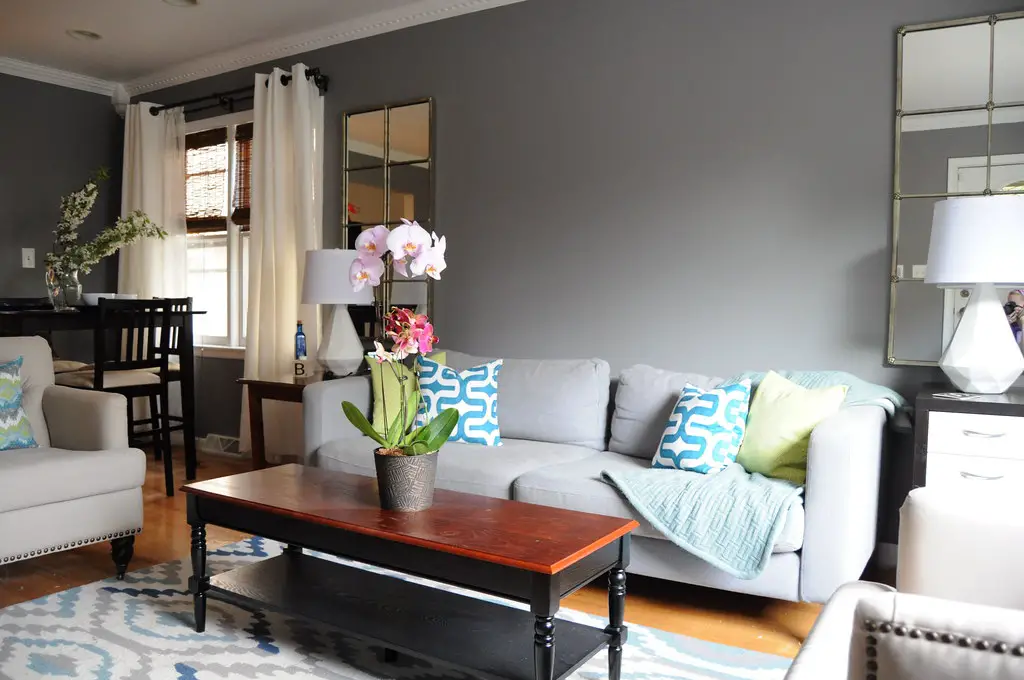
From walls to flooring, gray was the undisputed color of the 2010s. Homeowners traded in their beige interiors for cool, modern grays that seemed to work with everything. While it was a sleek and sophisticated look at the time, today, all-gray interiors can feel a bit cold and uninspired, according to The Spruce.
As trends have shifted toward warmer, earthier tones, many homeowners are opting to repaint their gray walls in soft creams, beiges, and even warm pastels. If you’re looking to update your space, consider adding pops of color through décor, artwork, or accent walls to break up the monotony.
2. Shiplap Overload
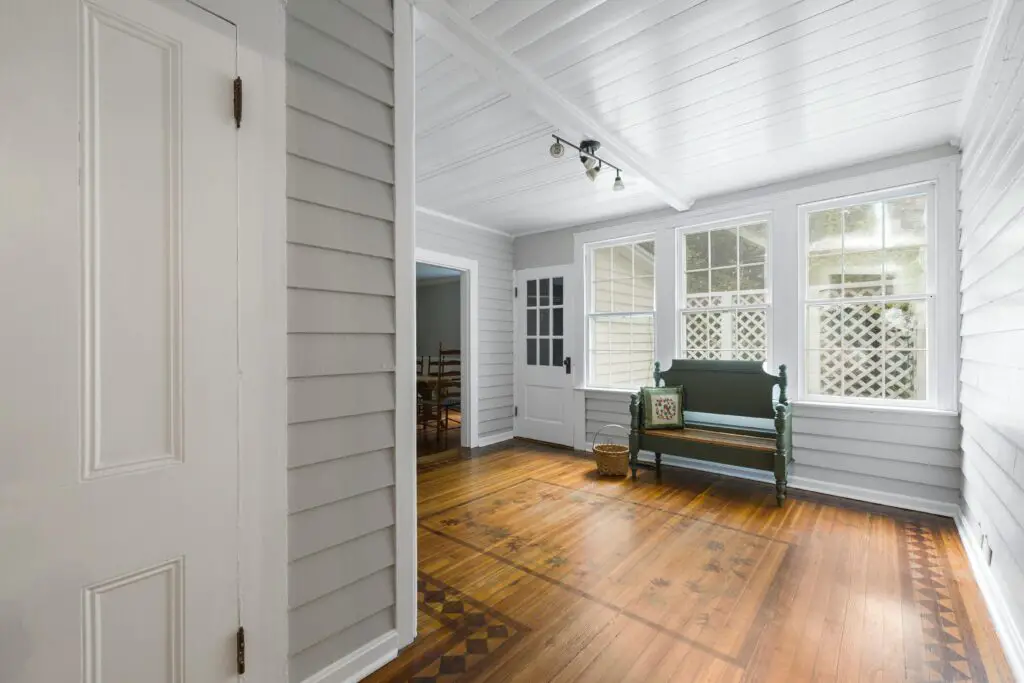
Thanks to Fixer Upper and Joanna Gaines, shiplap became a go-to wall treatment for anyone trying to achieve a farmhouse-chic aesthetic. It was added to living rooms, kitchens, bathrooms, and even ceilings to create that cozy, rustic charm. While it worked well in modern farmhouse-style homes, it became so overused that it now feels like a time capsule of the 2010s, says Metrie.
Instead of covering every wall in shiplap, today’s trend is leaning toward natural wood paneling, textured wallpaper, or sleek, plastered finishes. If you still love the look, consider using shiplap as a subtle accent rather than a dominant design feature.
3. Subway Tile Backsplashes
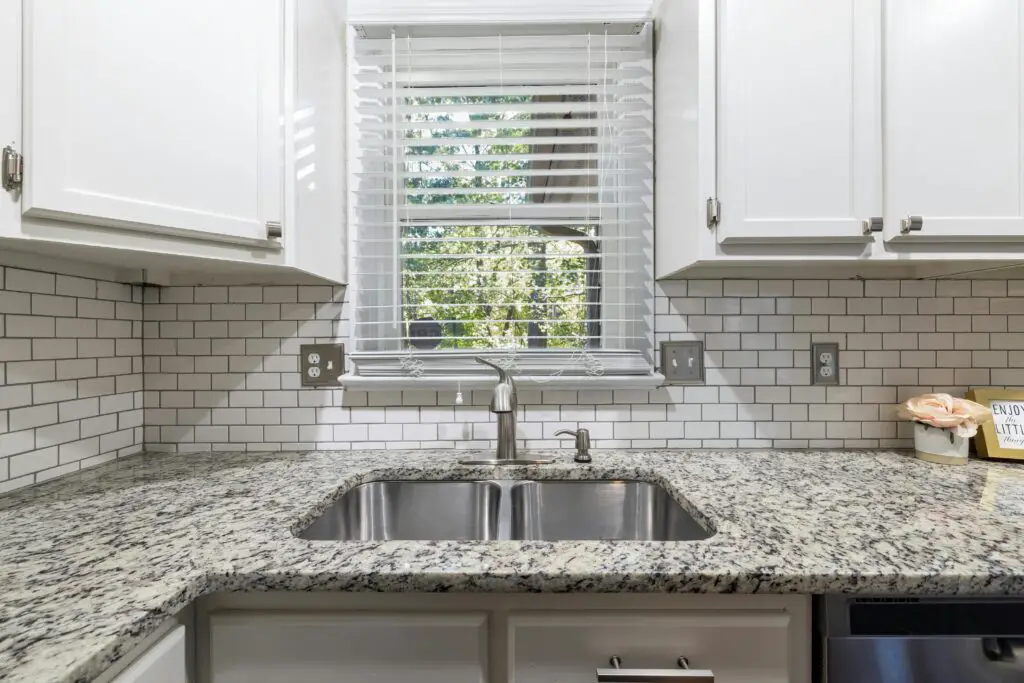
White subway tiles with dark grout were everywhere in the 2010s, from kitchens to bathrooms to laundry rooms. This classic, clean look was affordable and easy to install, making it a popular choice for home renovations. However, its overwhelming popularity means it now feels more predictable than stylish, notes Edward Martin.
To modernize your kitchen or bathroom, consider swapping out subway tiles for more unique shapes, such as hexagons, zellige tiles, or colorful mosaics. If you still love subway tiles, choosing a fresh color or a different layout, like vertical stacking or herringbone, can make them feel more current.
4. Open Shelving in Kitchens
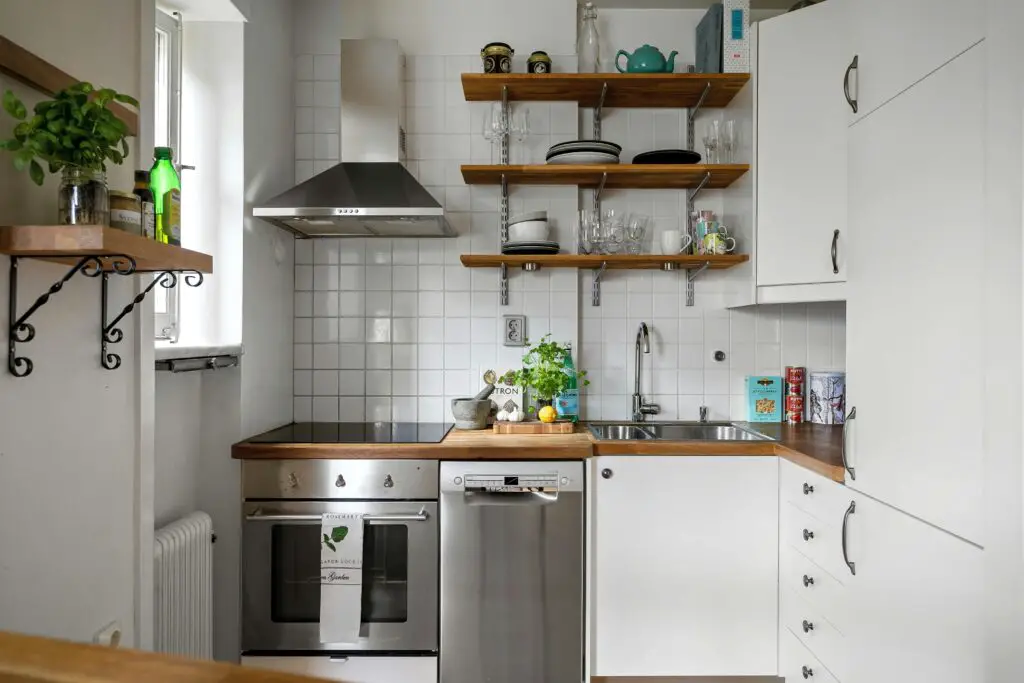
Minimalist open shelving was all the rage in the 2010s, replacing upper cabinets for a light, airy kitchen aesthetic. While it looked great in magazine spreads, in real life, it often led to cluttered, dusty shelves that required constant styling and upkeep. Interior Impressions also suggests that it’s far more maintenance than it seems.
Now, homeowners are returning to the practicality of closed cabinets for a cleaner and more organized kitchen. If you’re not ready to ditch open shelving completely, consider limiting it to a small section or incorporating glass-front cabinets to maintain an airy feel without sacrificing storage.
5. Barn Doors Inside the House

Another Fixer Upper-inspired trend, sliding barn doors became a signature of the 2010s. While they added a rustic, farmhouse touch, they often felt out of place in suburban homes that weren’t actually barns. The exposed track hardware was trendy at first but now seems more like a relic of the past.
If you need a space-saving door solution, modern alternatives like pocket doors or sleek, paneled sliders can offer a more contemporary look. For those who still love the barn door aesthetic, opting for a more minimalist or industrial version can help keep the look fresh.
6. Industrial Pipe Shelving
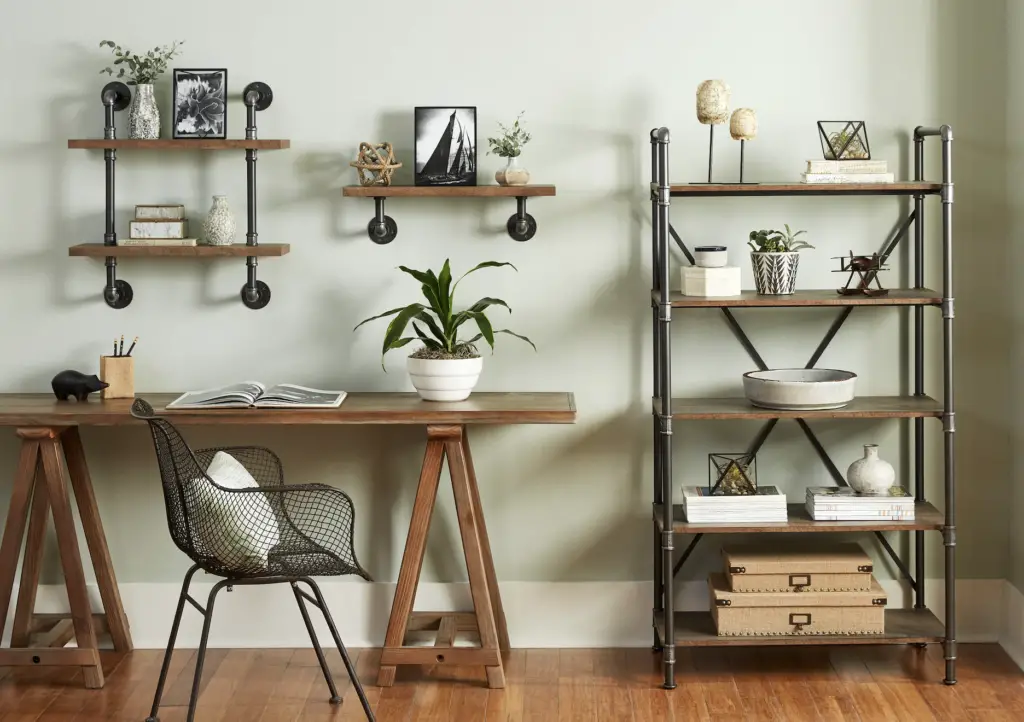
DIY industrial pipe shelving was a staple of the 2010s, combining rustic wood with metal piping for a raw, edgy look. It was popular in kitchens, bathrooms, and even home offices, often paired with Edison bulbs and exposed brick. While the style was a fun mix of vintage and industrial, it has since become overdone and feels more like a DIY Pinterest project than a timeless design choice.
For a more modern approach, consider floating wood shelves with hidden brackets or sleeker metal designs that don’t scream “industrial loft.” Mixing in other textures, such as glass or ceramic, can also help tone down the overly rugged look.
7. Marble Everything (Especially Faux Marble)
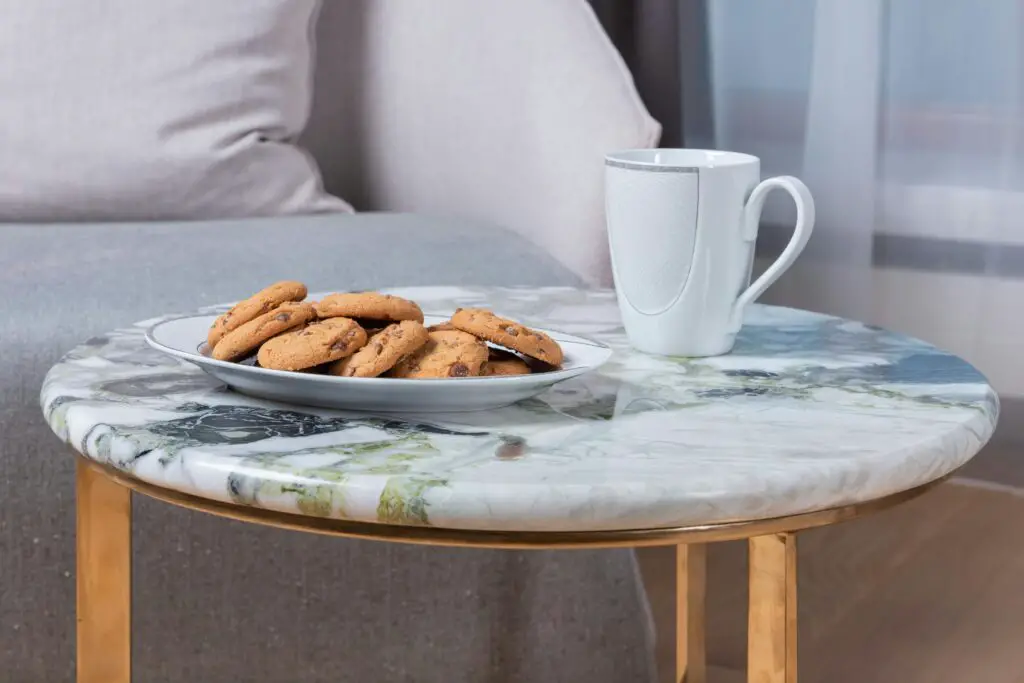
The 2010s saw a love for marble, particularly in kitchens and bathrooms. White marble countertops, marble-print wallpaper, and even faux marble contact paper were everywhere. The problem? Many of these surfaces weren’t real marble, and cheaper alternatives often didn’t age well.
While marble is still a timeless material, today’s trends lean toward warmer stone finishes like soapstone, quartzite, and travertine. If you’re stuck with faux marble, consider replacing it with more natural-looking materials or mixing it with other textures to avoid a sterile, over-polished appearance.
8. Word Art and Motivational Signs
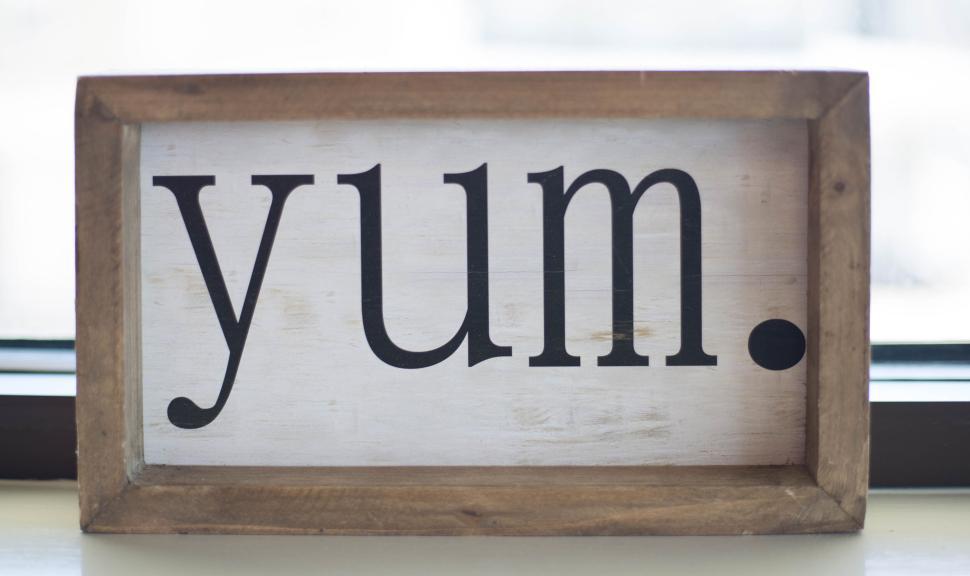
If you had a wooden sign that said Live, Laugh, Love (or any variation of it), your home décor was definitely influenced by 2010s trends. Inspirational word art was a huge phenomenon, with phrases like Gather, Bless This Home, and Family appearing in kitchens and living rooms across the country. While these signs were meant to create a cozy and welcoming atmosphere, they eventually became overused and lost their charm.
Today’s décor trends lean toward more personal and meaningful artwork instead of mass-produced phrases. People are embracing framed vintage prints, abstract art, and unique typography pieces that feel more intentional and curated. If you still love the idea of text-based décor, consider using meaningful quotes in elegant script or integrating words subtly into artwork rather than on large wooden signs.
9. The Ubiquitous Fiddle Leaf Fig

No trendy 2010s home was complete without a fiddle leaf fig tree sitting in the corner. This lush, dramatic plant became the ultimate Instagram-worthy houseplant, praised for its sculptural appeal. However, it also gained a reputation for being finicky, requiring just the right amount of light, water, and humidity to stay alive.
While houseplants are still a major part of modern interiors, people are gravitating toward more low-maintenance greenery. Olive trees, rubber plants, and snake plants provide a similar visual impact without the constant struggle to keep them thriving. If you still love the look of a fiddle leaf fig but can’t keep one alive, a high-quality faux version is a great alternative.
10. Farmhouse Sinks in Every Kitchen
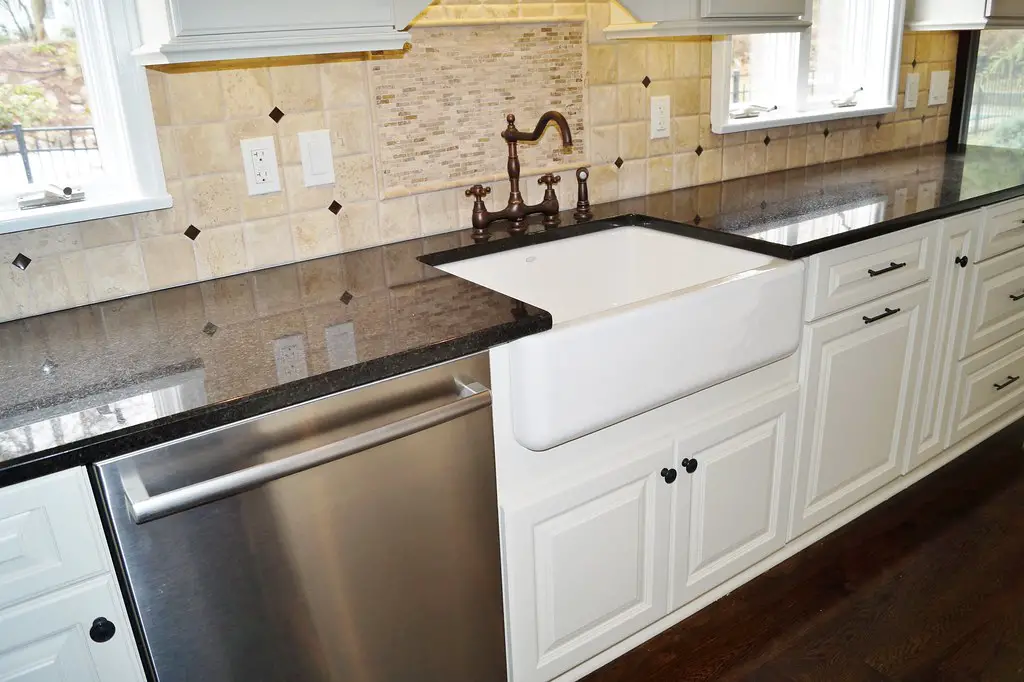
Farmhouse sinks became wildly popular in the 2010s, adding a rustic, country-style charm to kitchens everywhere. Their deep basin made them both stylish and practical, especially for large households. However, as they became a staple in nearly every kitchen renovation, they started to feel more like a trend than a timeless feature.
Now, homeowners are exploring alternative sink styles that offer both function and a fresh, modern look. Integrated sinks, workstation sinks, and sleek undermount designs are gaining popularity for their clean and seamless appearance. If you still love your farmhouse sink, balancing it with contemporary elements, such as modern hardware and minimalist cabinetry, can keep it from feeling outdated.
11. Rose Gold Everything

From home accessories to light fixtures, rose gold was the metallic finish of choice in the 2010s. It brought a warm, feminine touch to interiors, often appearing on everything from drawer pulls to bar carts. While it felt fresh and trendy at the time, its overwhelming popularity has caused it to fade from favor in recent years.
Now, homeowners are gravitating toward more versatile metallic finishes like brass, matte black, and antique bronze. Mixing metals rather than committing to an all-rose-gold scheme helps create a more balanced and sophisticated look. If you still love the warmth of rose gold, using it sparingly as an accent rather than a dominant element can help keep your space feeling modern.
12. All-White Everything
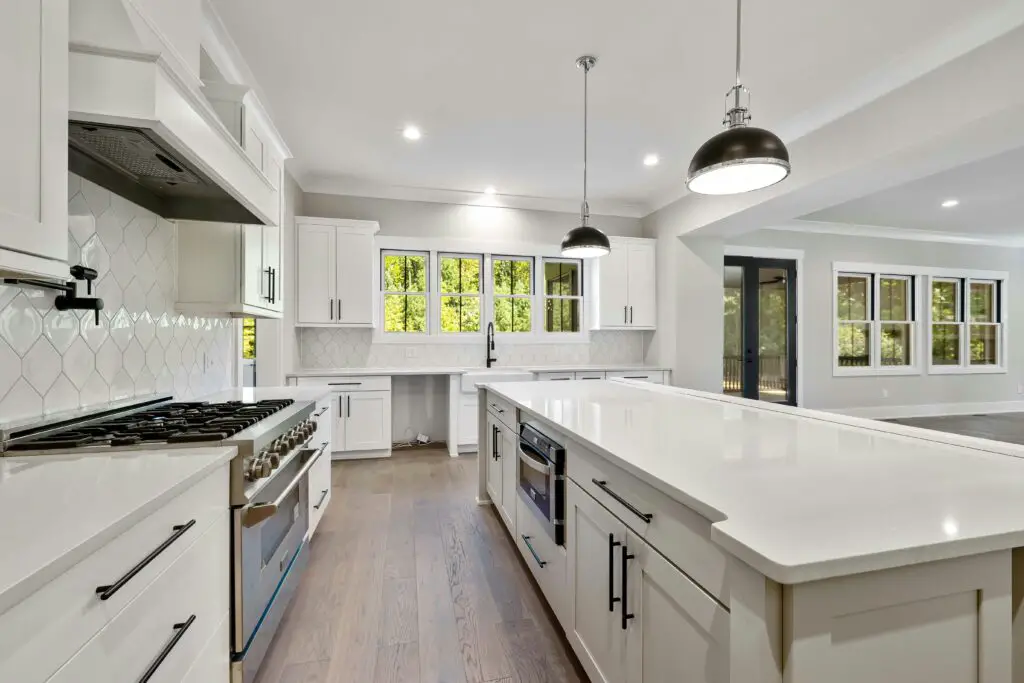
For much of the 2010s, the go-to aesthetic was stark white walls, white furniture, and even all-white kitchens. The goal was to create a bright, airy, and minimalist space, but in practice, these rooms often felt sterile and difficult to maintain. White-on-white interiors also lacked depth, making them feel impersonal rather than cozy.
Now, warmer neutrals, earth tones, and textured materials are replacing the stark white look. Shades of beige, taupe, and soft pastels add warmth while maintaining a clean and airy feel. Layering different textures like wood, linen, and stone helps create a more inviting and lived-in aesthetic.
